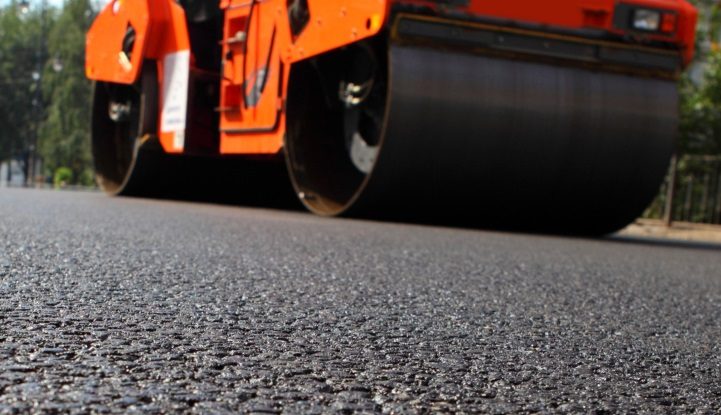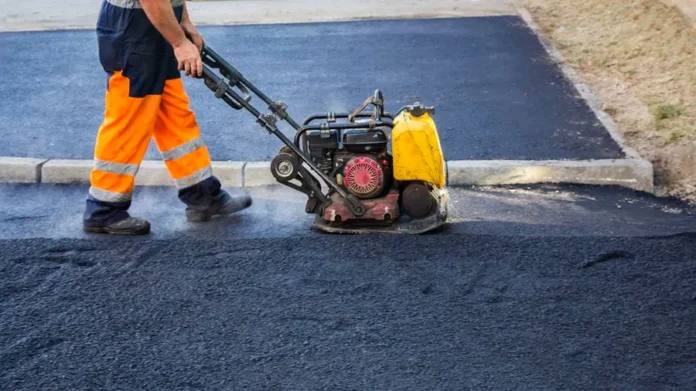Asphalt paving is a critical aspect of many construction projects, whether it’s a driveway, parking lot, or road. However, not all projects are the same, and choosing the right paving technique can significantly impact the longevity, durability, and overall success of the project. Understanding the available options and their suitability for your specific needs is essential. Let’s delve into the various asphalt paving techniques to help you make an informed decision.
Contents
Hot Mix Asphalt (HMA)
This traditional method involves heating asphalt aggregates and combining them with hot liquid asphalt cement. HMA is versatile and suitable for various applications, from highways to residential driveways. It offers excellent durability and resistance to heavy traffic loads, making it ideal for high-traffic areas.
This is the most common type of asphalt paving technique, involving mixing hot asphalt binder with aggregate. HMA offers durability and flexibility, making it suitable for high-traffic areas like highways and major roads. It provides excellent resistance to cracking and deformation under heavy loads.

Warm Mix Asphalt (WMA)
WMA is a newer alternative to HMA that involves mixing asphalt at lower temperatures. This technique offers several advantages, including reduced energy consumption, lower emissions, and improved workability. WMA is environmentally friendly and can be particularly beneficial for projects where sustainability is a priority.
It offers environmental benefits and can be more workable during cooler weather. WMA is suitable for various applications, including residential streets and parking lots. Exploring the options for your project, discover the art of precision paving and determine which asphalt paving techniques suit your needs
Cold Mix Asphalt Paving
Cold mix asphalt doesn’t require heating during the mixing process, making it a convenient option for minor repairs and temporary fixes. It can be applied in colder temperatures and doesn’t require specialized equipment. However, cold mix asphalt may not offer the same level of durability as hot mix alternatives.
It’s commonly used for temporary repairs, pothole filling, and patching in colder climates or emergency situations. However, it tends to have a shorter lifespan and may require more frequent maintenance.
Permeable Asphalt
Permeable asphalt is designed to allow water to penetrate through the surface and into the ground below, reducing stormwater runoff and minimizing the risk of flooding. This technique is ideal for projects where drainage is a concern, such as parking lots, sidewalks, and residential streets.
It consists of concrete pavers with joints filled with aggregate, allowing water to infiltrate through the surface. PICP offers excellent load-bearing capacity and stormwater management, making it suitable for various applications, including pedestrian walkways and residential driveways.
Thin Asphalt Overlay
Thin asphalt overlays involve applying a thin layer of asphalt over an existing surface to rejuvenate and improve its condition. This technique is cost-effective and minimizes disruption to traffic flow since it doesn’t require extensive excavation. It’s suitable for surfaces with minor cracks, rutting, and surface distress.
Choosing the right asphalt paving technique depends on several factors, including traffic volume, climate conditions, budget, and environmental considerations. Consulting with experienced contractors or engineers can help you evaluate your project’s specific requirements and determine the most suitable paving solution.
Full-Depth Reclamation (FDR)
FDR involves pulverizing the existing asphalt pavement along with a portion of the underlying base materials, blending them together, and then compacting the mixture to create a new base for the pavement. This technique is suitable for projects where the existing pavement is severely deteriorated or structurally compromised.
When selecting an asphalt paving technique for your project, consider factors such as traffic volume, environmental impact, budget constraints, and long-term maintenance requirements. Consulting with experienced paving contractors can provide valuable insights and help you determine the most suitable option for your specific needs. By choosing the right asphalt paving technique, you can ensure the success and longevity of your project while maximizing its value and performance.



